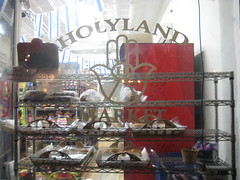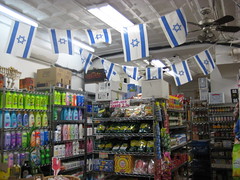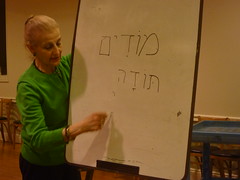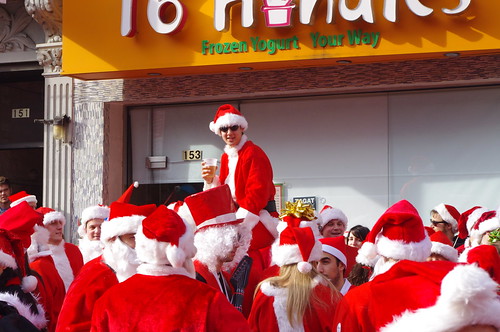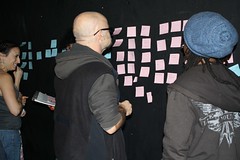The corner bodega serves as the perfect pit stop for milk, eggs, bread, and, O.K., cigarettes. Beyond the staples, several East Village stores stock basics and treats in international flavors for gastro-curious locals as well as expats in search of a taste of home.
Holyland Market
122 St. Marks Place
Holyland Market packs its modest space with dozens of Israeli goods. One popular item is Krembo, an air-light marshmallow fluff candy coated in chocolate. “Every kid in Israel grows up eating these,” says Omri Rosen, an employee of the store. The front shelves are filled with all manner of snacks, sweets and cookies, including Bamba — Cheetos-like peanut puffs—and specialty halvah in flavors like pistachio and coffee. Other Hebrew-labeled goods include jarred pickles and olives, couscous, and even cleaning products like sponges and mops. In addition to dry goods, Holyland carries fresh-baked burekas, savory pastries filled with mushroom, spinach or cheese.
A few unexpected items evoke a nostalgic response. “People get so excited when they see we carry OCB cigarette papers,” says Mr. Rosen. And Tim Tams, an Australian-brand cookie that’s very popular in Israel, has devotees from all over. Other than at the Tuck Shop, an Aussie cafe across St. Marks, the hollow, chocolate-coated treats are difficult to find, short of ordering them on eBay. “A couple of girls came in here yesterday and left with maybe seven boxes each,” Mr. Rosen says.
Read more…



